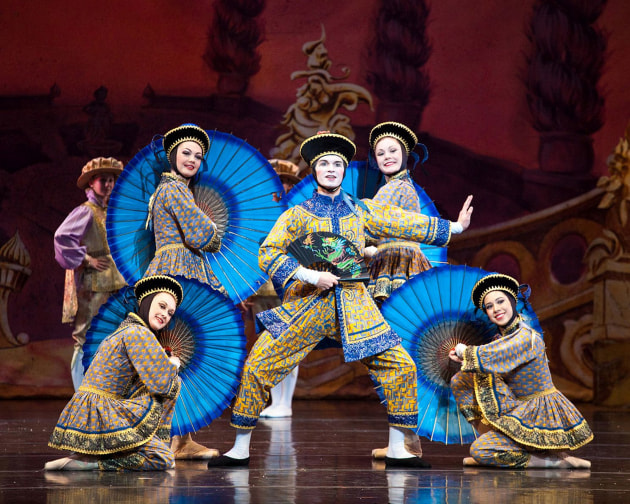Cancel culture and the ballet

Traditional ballets are being condemned for containing offensive, old-fashioned stereotypes. So should we get rid of them altogether?
Last year I was startled to receive an email statement from a Hindu statesman, Rajan Zed, president of the Universal Society of Hinduism, based in Nevada in the United States. His email was in anticipation of a forthcoming production of La Bayadere by the Houston Ballet. He condemned the ballet and called for the Houston Ballet to cancel its inclusion in the forthcoming season. He said the ballet was a blatant belittling of a rich civilization and exhibited 19th-century orientalist attitudes. The Houston Ballet, he said, “should not be in the business of callously promoting appropriation of traditions, elements and concepts of ‘others’; and ridiculing entire communities”. He urged the Houston Ballet to apologize for such an inappropriate selection.
The company did not acquiesce to Zed’s demand, and the controversy was snowballed anyway when the entire 20/21 season was cancelled because of the pandemic. But the artistic director, Australian Stanton Welch, who is also the choreographer of the production, responded with a statement: “I try to be respectful and diligent with all of my works through research and adaptation, to make sure they are made with love and detail to all the characters, places and times. We spend a great deal of time focusing on the acting of a piece, breathing life and not just characterization into these roles from Marie to La Bayadere. We always try to be open to discussion, while also reflecting the past as a teaching tool for our future.”
Demanding apologies and cancellation might seem an over-the-top reaction to the staging of this apparently benign ballet staple. However, the representation of many of the “exotic” settings and stories in traditional ballets is an ongoing problem. Increasingly, choreographers and artistic directors are having to grappel with how to present the classics in a way that is true to the original but appropriate to our more enlightened times. . . .
- This is an extract from an article by Karen van Ulzen in the current print issue of 'Dance Australia'. Read the full article! Buy the April/May/June issue from your favourite retailer or subscribe here and have it delivered straight into your letterbox!

